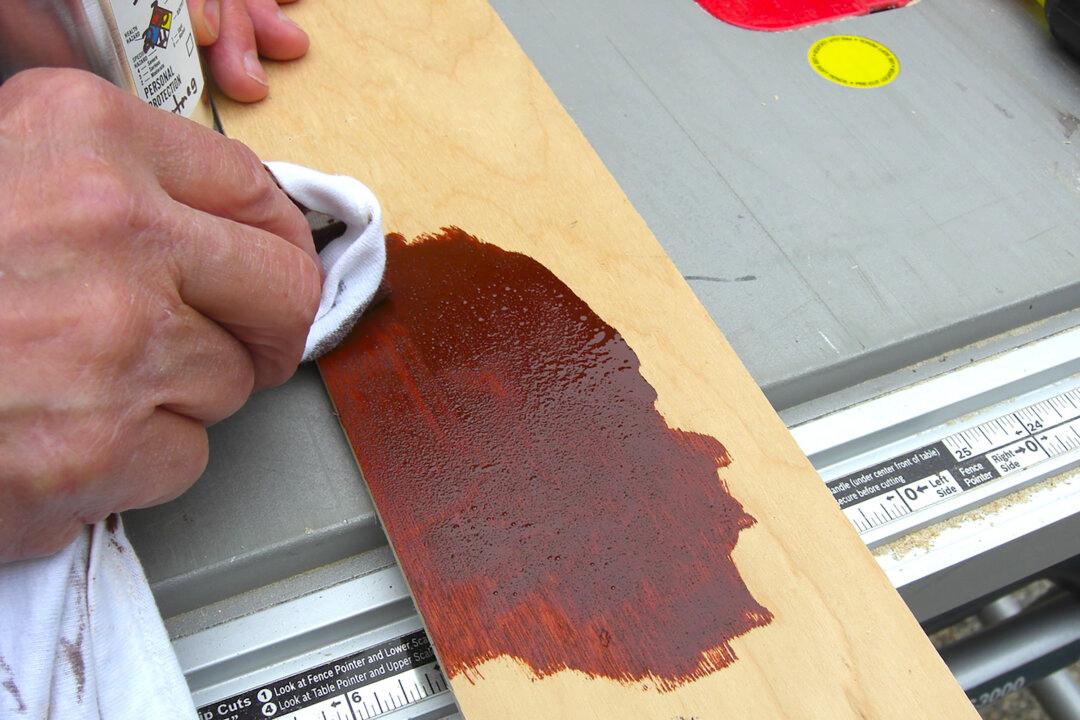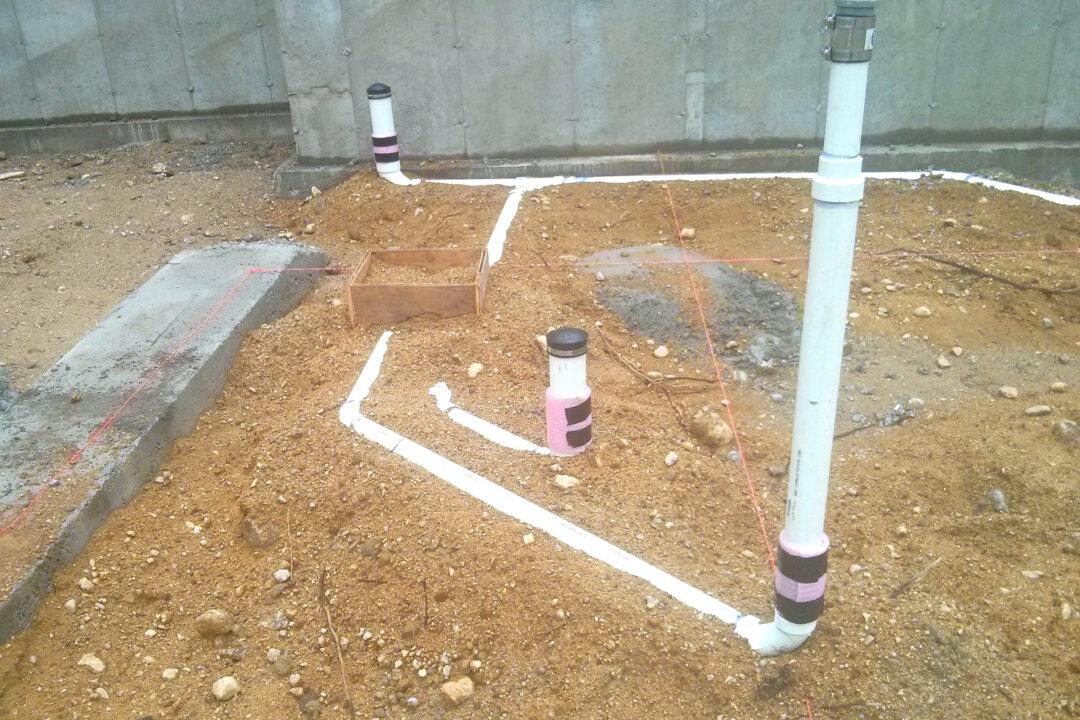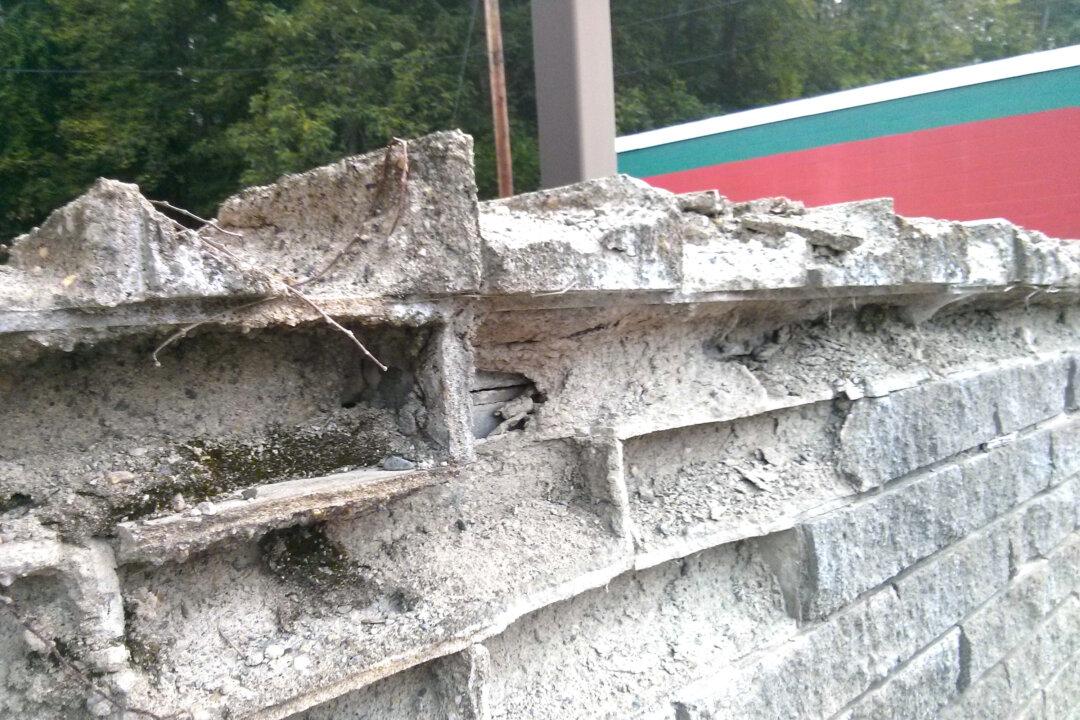What you’re about to read might be life-changing. It doesn’t matter if you’re building a new home, adding a room, remodeling a kitchen or bath or even building a deck. I shared the following with my 25,000 free newsletter subscribers recently, and many responded saying I need to share it in my national column that you read. My subscribers told me that it might collectively save tens of millions of dollars. Let me know if you feel the same.
Two weeks ago a husband and wife who live in Saratoga Springs, New York, hired me to come to their home. Weeks before that I had done a video conference call with them to help them light a fire under their contractor. Six months ago they had signed a contract with him to build a retaining wall and an exterior detached garage. New siding and windows were also part of the project.
Months went by with no work happening even though they had given the contractor a huge five-figure deposit. Had I been involved back in April, I would have made sure that there would not be a deposit, since no special-ordered materials were required for this job. Instead, the contract would have had a biweekly or monthly payment schedule tied to an itemized bid. The homeowners would pay for completed, satisfactory work as it progressed.
When I arrived at the house, I discovered the homeowners weren’t sure about a number of things. They didn’t know exactly what type of pavement was going to be put down between the house and the retaining wall. They weren’t sure about stairs from the pavement up to the lawn above the retaining wall. They weren’t sure about positive drainage in the rear of the house but were very concerned about it.
The wife showed me some video of water flowing down the hill behind the house, causing a waterfall over a small wall in their front yard. My college degree is in geology with a focus on hydrogeology. Hydrogeology is all about surface and subsurface water. Believe me, I know how to ensure a house or basement stays as dry as an old bone.
After a brief meeting with the homeowner, I set up my optical transit. This tool allows me to shoot extremely accurate grade marks. I transferred these marks to the house siding as a roadmap for the workers to follow. An hour later, the builder, his project manager and the excavator showed up.
We had a productive meeting of the minds, and the project manager told me I was the first person to come up with a great plan on how to handle all the water coming off the hillside. Other experts before me wanted to install all sorts of field drains and complex underground piping. Field drains tend to clog in a storm when you most need them.
My plan was to install a large linear French drain behind the new retaining wall. This hidden gutter in the ground would capture all subsurface and overland water flow that was aimed directly at the house. Piping would route this water to the edge of the property and then send it into Lake Saratoga just across the roadway.
I also drew up a plan while there to show how the paving behind the house had to be slanted with enough slope so all overland water flowed by gravity to the walkway between the house and the new detached garage.
It’s important to realize all of this should have been done back in April by the contractor. It would have taken but an hour or two of his time. This planning should have been crystal clear to the homeowners. But, alas, it wasn’t.
Days after I left, the contractor dropped a $30,000 change order on the homeowners to do all that I said above. They were astonished and stunned because all of this work should have been included in the original six-figure contract sum.
They negotiated with the contractor and reduced the change order to just under $20,000.00. I feel there should have been no change order. All that I saw there was plain to see back in the early spring. There were no latent defects hiding behind the grass on the hillside.
What is the lesson here? Each week I do autopsies on failed projects like this. It’s disheartening to me. There are several common causes of financial and emotional disasters like this.
For starters, you may be one who places too much trust in contractors. Stop doing this. You need to make sure early in the planning process that you understand everything that’s going to happen. Stop hoping things will happen. Make sure the plans show every item that’s going to happen.
If you don’t understand the plans—many homeowners don’t—ask for clarification. There is no shame in admitting you don’t understand. If you advance into the contract phase with a foggy vision of what you think might happen, you could lose tens of thousands of dollars.







